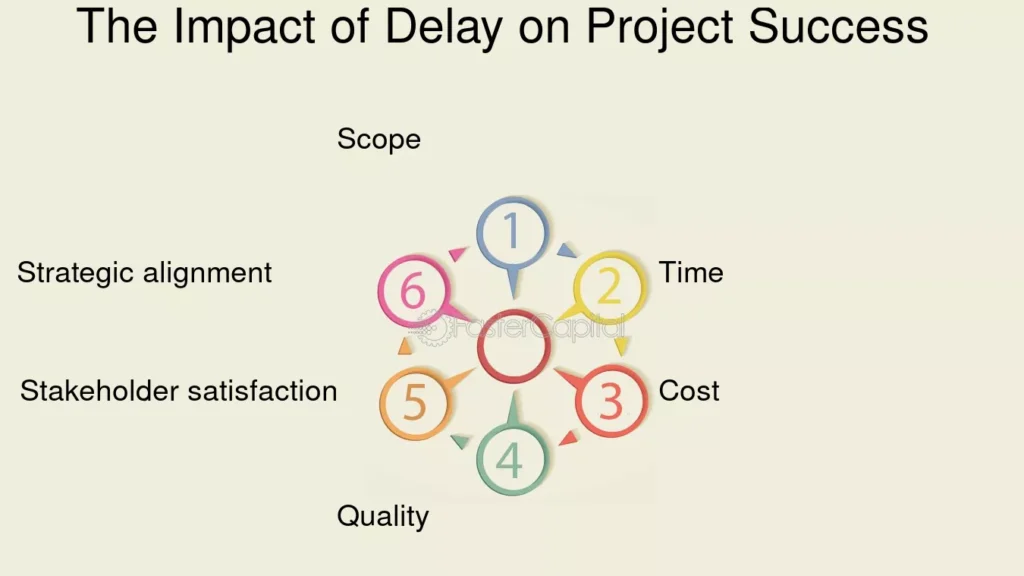Delayed Feedback is when you get a reply, result or comment much later than you need it. You ask a question , send your work or wait for approval and nothing comes for hours or even days. By the time the answer arrives you’ve lost focus , wasted time and maybe even missed a chance to improve. It’s frustrating and it slows everything down.
In this post, we’ll look at why delayed feedback happens, how it hurts both learning and work and what you can do about it. You’ll get simple tips, real examples and easy ways to make feedback faster. If you’ve ever been stuck waiting and wished for a better way, you’re in the right place. Let’s dive in and fix the waiting game once and for all.
When Delayed Feedback Slows Down Your Performance and Productivity
Waiting too long for feedback makes projects drag. Every hour of idle work increases workflow friction and slows delivery timelines. Delayed Feedback can break focus, create accountability gaps and force teams to revisit tasks long after they’ve moved on. In hybrid teams, these delays pile up, leading to cascading delays that impact entire projects.
When review loops stretch beyond their planned review window, teams face task idle time and quality issues. Without clear review deadlines or performance checkpoints, small delays can multiply. The best way to prevent this is to make feedback fast, clear and predictable, so work never sits in a Waiting status longer than necessary.
Set Review SLAs to Surface Delays Early
A review SLA sets the maximum time for feedback loops. This simple agreement makes delays visible and measurable. For example, if the SLA impact is 24 hours for a quick check, everyone knows the review timing and can plan accordingly.
Scale Review Effort to Match Task Value
Not all tasks need the same level of review. Low-value work may only need a standard pass, while critical tasks require detailed feedback or a risk assessment. Matching review effort to task value prevents overloading reviewers and shortens feedback cycles .
How to Transform Delayed Feedback into Instant, Actionable Insights
Technology can turn slow feedback loops into near instant answers. Modern workforce intelligence platforms and employee monitoring programs give real time visibility into the task lifecycle, showing exactly when work is waiting. These tools send live task alerts so reviewers can respond before workflow delays grow.
By automating feedback signals, you can give teams actionable insights immediately. This removes the guesswork in the review process and keeps the delivery schedule on track. When feedback automation is combined with clear ownership clarity, the review stage becomes faster and smoother.
Make Feedback Flow with Smart Tools
Using a project board or ticketing system with reviewer assignments speeds up communication. Tools like Insightful or other employee monitoring software can track work status, send review alerts and help with task prioritization. The result is less idle work and more progress without waiting days for input.
The Hidden Business Costs of Delayed Feedback and How to Avoid Them
The cost of Delayed Feedback is not just slower work. It also impacts quality, team morale and client trust. When workflow visibility is poor, delays become normal and teams adapt to slower operational rhythms. This leads to higher delivery friction, missed deadlines and damaged reputations.
In numbers, even a one day review delay in a critical task tier can push a project’s delivery impact by a week due to cascading delays. Businesses that monitor review timing closely and keep feedback loops short protect both their timelines and their customer satisfaction.
Proven Strategies to Overcome Delayed Feedback in Any Industry
Fast feedback starts with structure. You need performance checkpoints, review windows and ownership clarity before work begins. Teams that know exactly who is reviewing and when the review will happen spend less time in Waiting status. Clear rules keep task handoffs smooth and prevent accountability gaps.
Another key is task segmentation. Breaking large projects into smaller pieces makes feedback faster and more targeted. This keeps review effort manageable and prevents bottlenecks that slow the entire task lifecycle.
Lock in Review Time Before Work Starts
Schedule review deadlines into the delivery schedule before starting the task. Adding review time into the calendar prevents last minute delays and ensures that both reviewers and contributors know the exact review window.
Assign Feedback Ownership Up Front
When review ownership is clear, there’s no confusion about who needs to respond. A backup reviewer can also be assigned for critical work to avoid waiting when the primary reviewer is unavailable. This prevents idle work and keeps projects on time.
FAQ’s
What is Delayed Feedback and why does it matter ?
Delayed Feedback happens when responses or reviews come later than expected . Delays cause workflow slowdowns , reduce productivity and create bottlenecks in both small tasks and large projects.
How can Delayed Feedback impact business performance?
Delayed Feedback can lead to missed deadlines , lower quality and higher costs. It disrupts operational flow, causes momentum loss and reduces overall team efficiency in any industry.
What are simple ways to reduce Delayed Feedback?
You can avoid Delayed Feedback by setting clear review SLAs, using smart feedback tools and assigning ownership upfront. These steps keep tasks moving without unnecessary waiting.
Conclusion
Delayed Feedback can slow down work and hurt results. It makes people wait and lose focus. It causes missed deadlines and poor quality. It creates stress in teams and projects. Delayed Feedback can also lead to extra costs and lost chances. It is a common problem in many workplaces. But it can be fixed with simple steps.
To stop Delayed Feedback, use clear review rules. Set review SLAs before work starts. Give ownership to the right person. Use smart tools to send quick alerts. Keep reviews short for small tasks. Give detailed feedback only when needed. These steps make feedback faster. They also keep working on time. With less Delayed Feedback, teams can work better and deliver more.

